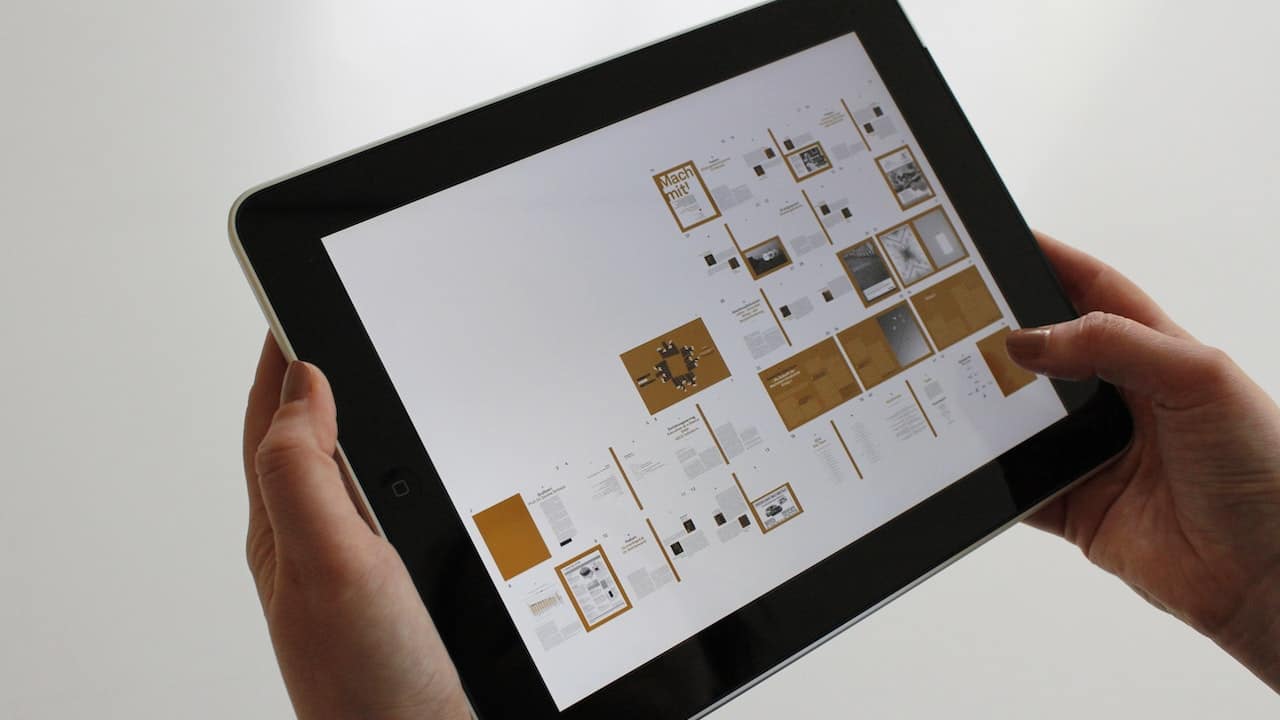
By 2047, focus might shift from owning a physical space to experiencing various living environments through flexible rental arrangements. (Photo by Ben Mack via Pexels)
What will the landscape of India’s real estate sector look by year 2047? It’s an interesting notion. With rapid advancements in technology, evolving demographics, and shifting socio-economic dynamics, the way Indians live and the homes they inhabit are poised for a transformation that will reshape the very fabric of the nation’s housing sector.
But to peep into the future, we must reminisce about the past as well. In the last decade we saw the Indian residential segment witness various structural changes (RERA, GST, DeMo, etc.) which completely metamorphosed the sector. The reforms ushered in a new ray of hope and thereafter Indian residential real estate (which was previously dominated by unscrupulous developers) became more transparent and accountable, and we saw rapid consolidation with organized and branded players gaining a stronger foothold.
Covid-19 accelerated this consolidation wave with financially strong and organized developers gaining more market share. Buyer preferences for large and listed developers has also boosted its supply and sales share over the last three years. This trend continues unabated even today when home loan rates and property prices have risen.
As per ANAROCK Research, the first half of 2023 (H1 2023) saw total housing sales of approx. 2.29 lakh units across the top 7 cities which is over 63 percent of the total sales recorded in all of 2022 despite rise in both interest rates and housing prices. This itself indicates the undeterred demand for housing across the top 7 cities.
Going forward, residential real estate will both grow and evolve – and by 2047, when India completes its 100 years of independence, we will have a completely changed sector. Indian residential segment is at the cusp of a long-term growth cycle. Some of the major factors that will strongly impact the growth and reshape the Indian real estate market include:
• Urbanization and Sustainable Megacities
India is already the world’s most populous country, and by 2047, a substantial portion of its population will reside in urban areas. The rise of megacities is inevitable, and urban planners are faced with the challenge of ensuring sustainable and liveable environments for millions. Green infrastructure, vertical gardens, and energy-efficient skyscrapers are likely to become the norm. Smart city concepts will be fully realized, with integrated technology systems optimizing everything from waste management to transportation.
• Growth of the Middle Class
The Indian middle class is its fastest growing demographic in both percentage and absolute terms. It has risen annually at nearly 6.3 percent between 1995 and 2021 and currently represents almost 31 percent of the overall Indian population. It is expected to cross 38 percent by 2031 and go over 47 percent by 2047. This expansion of the middle class in terms of population thus has a direct correlation to the boom in real estate because with disposable income growing in their hands, most of these people aspire to have a home of their own. This middle class will thus be the key to drive the housing market in the near future.
• The Green Revolution
The battle against climate change will have a profound impact on housing design and construction. Sustainable materials and green building practices will be ubiquitous, not only for environmental reasons but also due to the cost savings they offer in the long run. Solar panels, rainwater harvesting systems, and energy-efficient appliances will be standard features in homes across the country. India’s commitment to renewable energy sources will have a significant influence on shaping the housing sector of 2047.
• Rise of Coliving and Coworking Spaces
As the nature of work evolves, so too will the concept of living and working spaces. Coliving communities, which have already gained traction in recent years, will flourish. These spaces will cater to the needs of young professionals and digital nomads who seek not just a place to live, but a vibrant community and networking opportunities. Coworking spaces integrated within residential complexes will further blur the lines between work and leisure, fostering a holistic lifestyle.
• The Internet of Things (IoT)
The Internet of Things (IoT) has almost miraculously changed the way we live and function today. It is steadily becoming a part of our homes, work, shopping centres, parking lots, etc., especially post Covid. This trend will only grow further. By 2047, we may expect to see IoT fully integrated into several homes, transforming them into intelligent living spaces.
We may wake up in homes that have adjusted the lighting and temperature to match our preferences, brewed our coffee, and even ordered groceries based on our consumption patterns. Voice-activated assistants and augmented reality interfaces may become central to managing daily tasks, making homes more intuitive and responsive to their occupants’ needs.
Out of the many positives that IoT has on us is its efficient use in security and building infrastructure. From biometrics to remote monitoring to surveillance cameras and wireless alarms, these tech-driven devices keep us safer and more comfortable than ever before. How far will IoT have progressed in these functions by 2047? It’s an exciting thought.
 Voice-activated assistants and augmented reality interfaces may become central to managing daily tasks, making homes more intuitive and responsive to their occupants’ needs. (Photo via Pixabay/Pexels)
Voice-activated assistants and augmented reality interfaces may become central to managing daily tasks, making homes more intuitive and responsive to their occupants’ needs. (Photo via Pixabay/Pexels)
• Affordable Housing and Inclusive Growth
Covid-19 has undoubtedly dented the growth of affordable housing in India, with both supply and demand shrinking. As per ANAROCK Research, total sales share of this erstwhile segment is down to just 20 percent in H1 2023, against 31 percent in the corresponding period in 2022. Of approximately 2.29 lakh units sold across the top 7 cities in H1 2023, just 20 percent or around 46,650 units were affordable homes. Back in H1 2022, of approximately 1.84 lakh units sold, over 31 percent or about 57,060 units were in the affordable category.
Nevertheless, it is certain that by 2047, the Indian housing sector will be focused on providing affordable homes to a diverse population. There is a massive dearth of housing in India, and government initiatives and private-sector collaborations will work together to bridge the gap between demand and supply by then. Innovative construction techniques, such as 3D printing and prefab housing, will reduce costs and accelerate the pace of construction. Inclusivity will be a driving force, ensuring that individuals from all walks of life have access to safe and dignified housing.
 Multigenerational living will make a comeback. (Photo by Dimitri Dim via Pexels)
Multigenerational living will make a comeback. (Photo by Dimitri Dim via Pexels)
• Senior Living Homes
India’s demographic structure is shifting towards an ageing population, and the housing sector will respond accordingly. Homes designed to be elderly-friendly, with features like accessible layouts, non-slip flooring, and healthcare integration, will become more common. Additionally, multigenerational living will make a comeback as families recognize the benefits of living together and sharing resources.
• Redefining Ownership: From Owning to Experiencing
The notion of homeownership might undergo a transformation by 2047. As the sharing economy becomes more deeply ingrained, individuals may prioritize access over ownership. Fractional ownership models, where multiple individuals own a stake in a property, could gain popularity. The focus might shift from owning a physical space to experiencing various living environments through flexible rental arrangements.
Challenges and Opportunities
While the future of India’s housing sector in 2047 appears promising, it’s not without its challenges. Rapid urbanization could lead to issues of congestion, inadequate infrastructure, and housing inequality. Balancing technological advancements with data privacy concerns will be crucial. Regulatory frameworks and urban planning policies will play a pivotal role in ensuring sustainable and equitable growth.
- SEO Powered Content & PR Distribution. Get Amplified Today.
- PlatoData.Network Vertical Generative Ai. Empower Yourself. Access Here.
- PlatoAiStream. Web3 Intelligence. Knowledge Amplified. Access Here.
- PlatoESG. Automotive / EVs, Carbon, CleanTech, Energy, Environment, Solar, Waste Management. Access Here.
- PlatoHealth. Biotech and Clinical Trials Intelligence. Access Here.
- ChartPrime. Elevate your Trading Game with ChartPrime. Access Here.
- BlockOffsets. Modernizing Environmental Offset Ownership. Access Here.
- Source: https://www.moneycontrol.com/news/real-estate/how-indians-livethe-homes-they-inhabitpoised-for-game-changing-transformation_17211621.html



